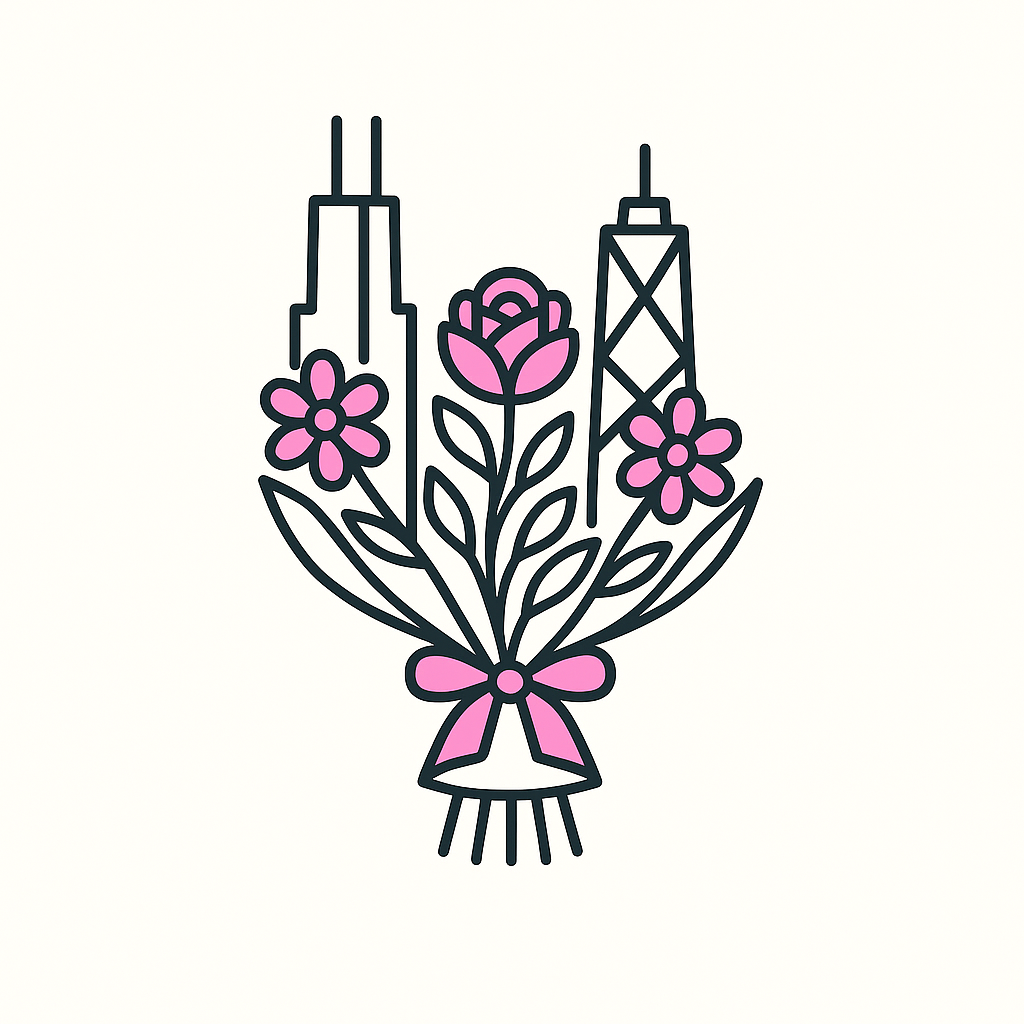/cdn.vox-cdn.com/uploads/chorus_image/image/69630064/lightfoot_budget_presser.0.jpg)
Last year, Mayor Lori Lightfoot unveiled an ambitious plan to narrow Chicago’s “safety gap” — the deep disparity among neighborhoods where some residents are 42 times more likely to be shot.
The plan, “Our City, Our Safety,” proposed flooding the 15 most violent community areas with resources — not just violence intervention programs but help with jobs and housing and health.
But nearly a year into the effort, gun violence is up in at least nine of the areas. The numbers are far starker when you look at how crime has risen since 2019, when Lightfoot took office, before the current spike in gun violence swept the city and the country.
West Pullman is up 566% from this time two years ago, North Lawndale 201%, South Lawndale 160%, Chatham 116%. Only three of the areas targeted by City Hall are down from 2019: West Englewood, Roseland and Humboldt Park.
Yet the administration has yet to funnel any extra assistance to some of those dangerous neighborhoods, particularly on the Far South Side, according to the city’s website. The West Pullman community area, for example, has received none of the $36 million released by City Hall under the plan this year.
In a few months, the Lightfoot administration will announce how much of $1.8 billion in federal stimulus aid should go to West Pullman and the other neighborhoods it has targeted — neighborhoods that have accounted for 50% of the violence in Chicago over the last three years.
West Pullman

| 2018 | 2019 | 2020 | 2021 | |
|---|---|---|---|---|
| -- | -- | -- | -- | -- |
| Year Total | -- | -- | -- | -- |
| 3-Year-Average | -- | -- |
*All previous 3 year averages are based on full calendar years (January to December) while 2021 is based on January to July 21st.
Graphic by Jesse Howe | Sun-Times
Source: Sun-Times homicide data and Chicago police shooting data
Experts in the field — some of them involved in the debates over what to fund — say the plan is admirable, but they have serious doubts about the way it’s being implemented.
In interviews with the Sun-Times, they questioned Lightfoot’s management style and her ability to get things done. They also claimed much of the money so far has been going to established outreach groups while overlooking jobs and education programs that may be more expensive and more complicated to administer.
“It’s a solid plan,” said Lance Williams, urban studies professor at Northeastern Illinois University who has sat in on the funding discussions. “The problem is that there are no resources attached to the plan to make it actionable. The city’s approach is just to PR their way through the shootings.”
:no_upscale()/cdn.vox-cdn.com/uploads/chorus_asset/file/22731549/POT_williams_lance2_1.jpg)
As gun violence has continued to spike this summer, the mayor has repeatedly touted the plan as an “all hands on deck” approach that coordinates city agencies to reduce shootings.
At a closed meeting with dozens of community groups late last month, Lightfoot said progress was being made but acknowledged there was much more to be done.
“I feel like we’re getting traction, but it’s early in the process,” she said, according to a video of the meeting. “We’re thinking of how we can elevate these policies to another level.”
‘Public health crisis’
The 103-page plan calls gun violence a preventable “public health crisis” that brings “devastating levels of violence that disproportionately affect communities of color.”
It lists five “pillars,” or guiding principles:
- Empower and heal those actively engaged in violence, whether victims or perpetrators.
- Reclaim neighborhoods and safe spaces by directing resources to neighborhoods with most violence.
- Improve relations between police and communities “by developing credibility, trust and authentic relationships.”
- Consider the impact of ordinances and laws on violence and advocate for policies that will increase support for those impacted.
- Constant collaboration, proactive planning and coordinated efforts between the city and … the justice system, community groups and private companies.
Just how the city plans to accomplish these goals is hard to pin down.
Two committee meetings on the plan have been closed to the public. And the mayor’s office has not published a full list of grant money issued so far, other than posting various agencies involved in outreach efforts.
Sources told the Sun-Times one of those agencies is Metropolitan Family Services, which was issued a $9.4 million grant to expand its anti-violence services. The organization said the money has helped fund 28 neighborhood groups through its Communities Partnering 4 Peace program to provide outreach and “mediations.”
Pressed for over two weeks to provide an accounting of all the money released through “Our City, Our Safety,” City Hall said Friday a list would be published online “soon.”
“Since day one, Mayor Lightfoot’s priority has been to invest in programs that support those at highest risk of violence,” a Lightfoot spokesman said in an email. “Street outreach programs engage with individuals at highest risk to interrupt violence, mediate conflicts and connect individuals with needed services and supports.”
But the lack of details from City Hall makes it difficult to measure the effectiveness of the plan, critics say, and casts doubt about future efforts.
One person who attended the closed meetings complained the city has failed to show even privately how investments have been made and how many people have been helped.
Plan’s author quit days after its release
Even before the plan was released, aldermen had been complaining about how the Lightfoot administration was funding violence prevention in their wards.
In a September meeting of the City Council’s Budget and Public Safety Committees, South Side Ald. Michelle Harris (8th) said the city was wasting millions by funding violence prevention organizations that had “no impact.”
Aldermen aimed their criticism at Susan Lee, deputy mayor of public safety, complaining she was instrumental in choosing the organizations. Lee told the Sun-Times she had not selected the programs, and that the grant selection process was run independently of Lightfoot’s office.
Lee spent years working for violence prevention nonprofits and had been hired to shift the city away from a police-oriented approach to gun violence. She drafted the “Our City, Our Safety” plan around that principle and then stepped down days later.
:no_upscale()/cdn.vox-cdn.com/uploads/chorus_asset/file/21927579/Screen_Shot_2020_10_01_at_1.06.28_PM.png)
Her replacement, John O’Malley, has spent his career in law enforcement, first in the U.S. Marshals Service, then on the Chicago Police Board and most recently as a security director at an investment firm.
At a police board meeting earlier this month, O’Malley said the city launched a summer violence initiative aimed at about a dozen of the city’s nearly 280 police patrol beats.
“I don’t want to jinx it, but halfway in we’re showing what traditionally was murders, shootings in those four zones, in those 15 beats, decrease,” he said. “And again, knock on wood, I don’t want to jinx it, but we are on a path to prove our methodology.”
None of those beats, however, are located in the West Pullman community area, even though it has seen one of the highest increases in shootings. Neither O’Malley nor City Hall explained why. They also provided no numbers to back up O’Malley’s claim.
Most targeted areas doing worse
By the plan’s own measure, Chicago would need to have fewer than 177 homicides per year to be on par with Los Angeles and fewer than 97 to be on par with New York City. Chicago has already logged more than 400 homicides in 2021. The city ended 2020 with more than 770 homicides.
Shootings and murders skyrocketed in 2020 — about 50% from the year before — amid a year of unrest following the police killing of George Floyd and the economic uncertainty during COVID shutdowns. It was the most violent year since the mid-1990s.
Chicago is on pace to be as bad or worse this year. Shootings are up 10% compared with the same period of 2020, while murders show a 1% decrease.
Shootings have increased in 10 of the areas prioritized by the mayor: West Pullman, South Shore, Greater Grand Crossing, Auburn Gresham, Roseland, Englewood, East Garfield Park, Chicago Lawn, West Englewood and North Lawndale.
Five have had fewer shootings than last year: South Lawndale, Austin, Humboldt Park, West Garfield Park and Chatham.
Ald. Anthony Beale, whose 9th Ward covers part of West Pullman, said his community has received “very little money, if any” under the plan.
Beale said violence was actually trending down until around 2019, when he claims the police department shifted resources downtown.
“When you look at the progress we were making — we were working with CRED, violence interrupters and police — and to have everything disrupted and have your cops sent downtown and Near North, it’s a problem.”
Lightfoot’s office did not deny that West Pullman has received no funding under the plan for anti-violence programs. But a spokesman said the community is eligible for street outreach grants that will be announced in the coming weeks.
City Hall also noted that West Pullman receives violence prevention services through privately funded groups such as CRED, which works with people most likely to be involved in gun violence, either pulling the trigger or getting shot. It offers coaching, counseling and job training.
Future priorities
Loyola University criminologist Art Lurigio cautioned that sustained anti-violence effort will need years of investment and change.
“I’ve looked at the plan. It makes sense. It’s more than just law enforcement interventions, and I applaud that,” Lurigio said. “But how long do you keep this going? It’s another program with a fancy name. Let’s see what happens.”
Chicago allocated $36 million for violence prevention measures in 2021 through a combination of sources: $16 million in city funds, $15 million in federal CARES Act money and $5 million from the Cannabis Regulatory Act tax revenue, according to Lightfoot’s office.
During the late June committee meeting on the plan, Lightfoot asked for input on how to spend a portion of $1.8 billion in federal stimulus aid — a potentially huge chunk of money that would vastly extend the city’s efforts.
It’s still unclear how much of that money will be spent on “Our City, Our Safety.” Lightfoot has already vowed to use some of it to cover city debts and to help undocumented residents who didn’t receive stimulus checks. When given the chance to spend federal stimulus dollars earlier this year, Lightfoot spent more than $281 million to cover police personnel costs.
Susan Lee, the author of the plan, said a “fair chunk” of the $1.8 billion should go toward people and neighborhoods considered most at risk. “In Chicago, of all places, with the exhausting volume of shootings and homicides, not investing a fair chunk of that federal money into the issue would be unconscionable.”
But even if violence prevention measures get a big boost in funding, critics say the cash will be going to programs that are easy to fund, not to programs that reach those most at risk of gun violence.
Eddie Bocanegra is a member of Lightfoot’s violence prevention committee who directs READI Chicago, a jobs training program for men likely to be involved in gun violence.
“I was a big supporter of the mayor when she ran for office, but I’m so disappointed in her leadership and lack of management,” he said. “I don’t think the mayor really cares about outcomes. If she did, she would be investing in services that have measurable impact.”
:no_upscale()/cdn.vox-cdn.com/uploads/chorus_asset/file/22528315/Eddie_Bocanegra__Senior_Director_2__READI_Chicago.jpg)
Bocanegra and others have criticized the plan for focusing too heavily on outreach to high-risk populations and not enough on enough on educational and job opportunities.
City Hall countered that its investments are focused on programs that show the most promise of lowering gun violence. Officials say the programs go beyond outreach and provide services like case management, job placement and mental health treatment.
Bocanegra also criticized Lightfoot for relying too much on police for violence reduction. “If we know cops aren’t equipped to be social workers, why don’t we set up with social workers?” he asked.
But the Lightfoot administration says it is addressing over-reliance on cops by funding a $3.5 million “alternative response” pilot this fall to place mental health specialists on some ambulances to respond alongside or independently of police.
Details of that program and others were shared in Lightfoot’s second Violence Prevention Planning Committee meeting on June 29. The semi-annual meeting, attended by dozens of community organization representatives, was mostly informational.
The meeting was closed to the public, but the city shared video of the meeting and promised to share upcoming committee meetings after being criticized for keeping the meetings private.
Williams, the Northeastern Illinois University professor, was an early critic of Lightfoot’s handling of the anti-violence program but was invited to the second meeting.
“It’s refreshing that the city, for the first time I’ve seen in 30 years, understands you can’t take a strict police-oriented perspective to the problem,” Williams said.
However, Williams said money would be better used on programs that directly help the high-risk population.
“Outreach is cool because you need to get to him, speak his language, to lead him in the right direction,” he said. “But we need the programming to get the social services he needs. That kid needs therapy, he needs to get redirected to educational opportunities.”
Read Chicago’s anti-violence plan: “Our City, Our Safety”
Andy Boyle and Jesse Howe contributed the data analysis for this report.



/cdn.vox-cdn.com/uploads/chorus_image/image/69630812/Screen_Shot_2021_07_25_at_5.15.27_PM.0.png)
/cdn.vox-cdn.com/uploads/chorus_image/image/69630757/686460364.0.jpg)
/cdn.vox-cdn.com/uploads/chorus_image/image/69630715/Diamondbacks_Cubs_Baseball__2_.0.jpg)
/cdn.vox-cdn.com/uploads/chorus_image/image/69630683/merlin_92538077.0.jpg)
/cdn.vox-cdn.com/uploads/chorus_image/image/69630628/1145803682_1.0.jpeg)
/cdn.vox-cdn.com/uploads/chorus_image/image/69630608/merlin_99327840.0.jpg)
